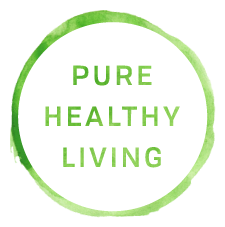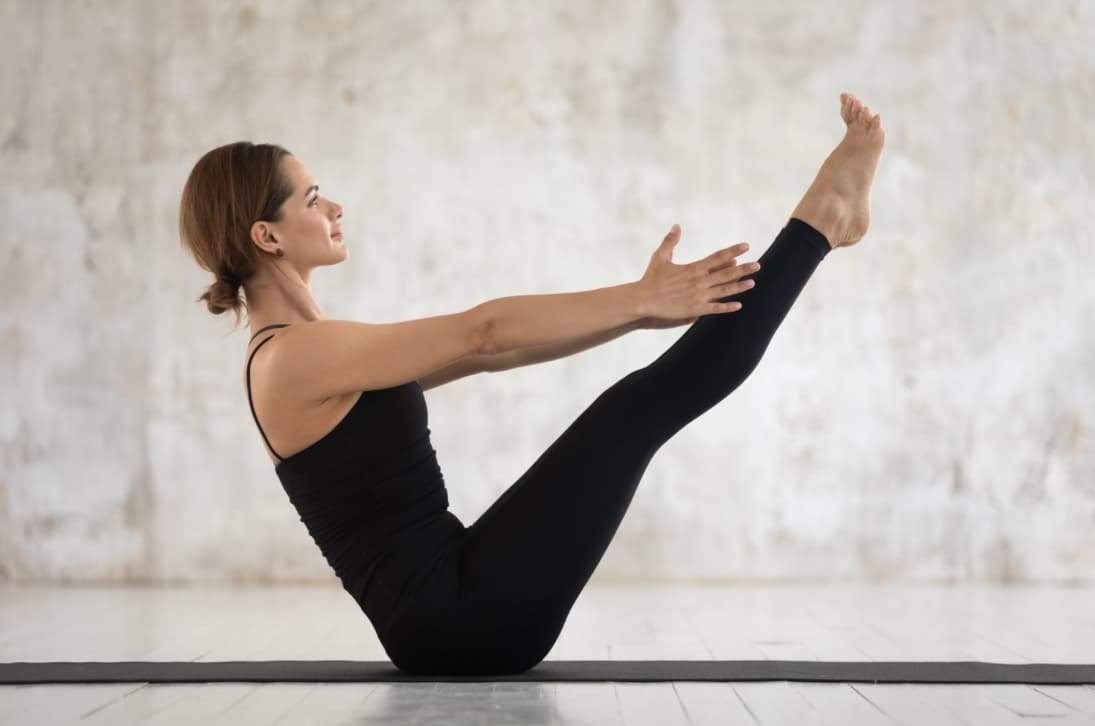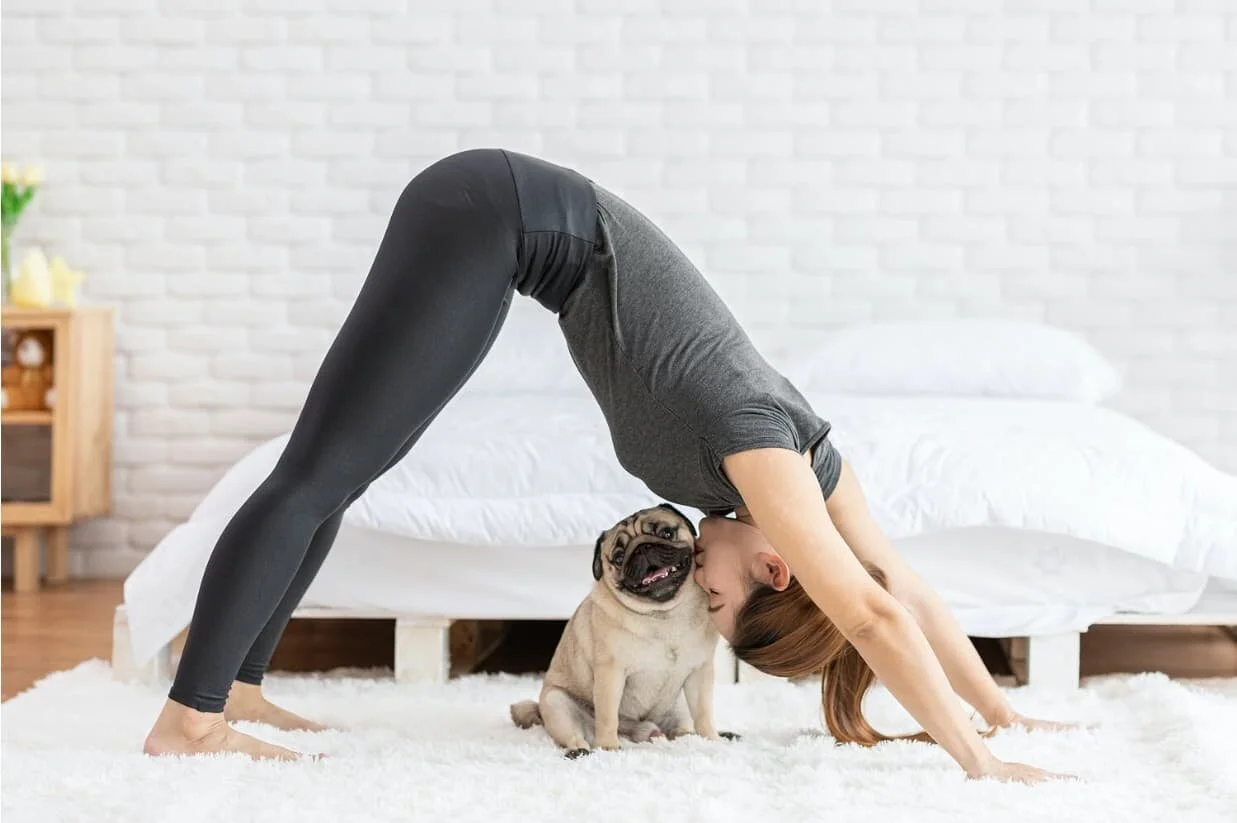Beginners Guide: What Are The Different Types Of Yoga?
Purehealthyliving.com is reader – supported. If you click on a link or buy something via a link on this page, we may earn commission.
Written By: Suzanne Kvilhaug
If you’re new to yoga, starting out can be a little overwhelming. Where to begin, where to begin!
Besides wondering if you need to invest in super tight and stylish uncomfortable workout clothes to blend in (no newbies here!), there’s a lot of general questions that you may have. What type of yoga class should I start off with? How will I even know what to do during class? I’m not flexible, so is this going to be pointless? I’m not in the best shape, so what types of yoga can I take? And so on.
Yoga can be a different world especially for people who have gone to gyms before and only taken high-intensity classes. Once you get it though, you really get it. Like anything, all yoga studios have different approaches, styles of classes and vibes. When it comes to the types of yoga, here are the more popular types you’re likely to encounter on a class list.
Editors Tip: To feel more confident and to learn poses quicker, get this yoga mat with 70 poses on it! Available in 3 colors!
Vinyasa
Beginner - Intermediate level
Vinyasa yoga is a flowing, dynamic sequence of poses that is one of the more popular styles of yoga. During a Vinyasa yoga class, flow of movements are smooth and continuous and it can be described best as a meditation in motion. Physically it can get challenging, yet it is generally for all levels. Beginners- you can definitely take a Vinyasa yoga class, just expect to be a little behind at times in order to learn what to do. Sometimes there’s no better way to learn then jumping right in and going for it. Strength, flexibility, and balance are all gained from this type of yoga. When I’m wanting a decent workout, I’ll take a Vinyasa yoga class. If I’m feeling tired or I’ve done enough workouts for the week, I’ll skip it.
Ashtanga
INTERMEDIATE LEVEL
Ashtanga Yoga is a more vigorous and disciplined style that combines flowing and static postures. Ashtanga Yoga follows a set sequence of asanas, or poses, that students practice the same way each time, holding each pose for five breaths. You move quickly through a set sequence, sweat a lot and experience a total body workout. If you have taken yoga before, love a challenge and prefer structure, this type of yoga is for you. If you’re starting out, it’s not recommended to start with this type.
Hatha
BEGINNER LEVEL
Hatha Yoga consists of a combination of different yoga postures and breathing exercises. It’s usually gentle and is great for beginners because poses are generally held a little longer than other styles which allows time to adjust and find proper alignment and form. The objective of Hatha yoga is to develop strength, flexibility, mental focus and relaxation. If I want to work on some yoga poses without too much cardio, I’ll take a Hatha yoga class. For those who don’t know where to begin, now you know where to begin!
Yin
BEGINNER LEVEL
Yin yoga consists of yin poses that are created with the intent to improve the flow of chi, the subtle and invisibly energy that some believe run through the meridian pathways in the body. You can expect a Yin yoga class to generally consist of long-held poses that mainly work the lower part of the body. Parts of the body that are worked on most during yin include the hips, inner thighs, and lower spine because these areas are especially rich in connective tissues. This type of yoga is made for anyone and it’s been my favorite style of yoga for years. If you’re muscles are tight, take Yin yoga. If you’re going through a lot emotionally, take Yin yoga. If you’re feeling tired but want to do something, take Yin yoga. If you’re new to yoga, take Yin yoga. If you’re in great shape but need to incorporate some stretching and relaxation, take Yin yoga. If you’re a human with a pulse, take Yin yoga.
Kundalini
BEGINNER LEVEL
Kundalini yoga is completely different then the yoga you’re used to. Kundalini yoga places a huge emphasis on meditation, mantra chanting, and holding postures. Kundalini refers to the energy that coils at the base of the spine, which is creative, spiritual energy that is generally untapped. Long story short, unleashing this energy is the main objective of Kundalini yoga.
During a Kundalini yoga class, the idea is to move this energy through the chakras and up into the brain. I’ve taken a few Kundalini yoga classes at an Ashram and I know I was feeling pretty high in the sky after. If you’re feeling a need to tap into your spiritual side, be around positive energy or you’ve been feeling stuck in life- this style of yoga is for you.
Restorative
BEGINNER LEVEL
Restorative yoga usually incorporates several styles of relaxation and healing-based practices into one class. You’ll hold simple poses (and usually with props) for several minutes to achieve a deep level of relaxation. It feels like a reset for your entire body and puts you in a state of calm. Inward meditation and a stronger awareness of your mind and body are two things you can expect from this type of yoga. If you’re looking to relax, stretch out and de-stress from daily life, this type of yoga is your secret weapon to peace. Beginners, sign up with no hesitation- it’s easy peasy!
Power
INTERMEDIATE LEVEL
Power yoga is exactly what it sounds like. Power yoga builds internal heat, increases stamina, strength, and flexibility. If you want to lose weight, power yoga is a great addition to your workout schedule. Teachers create their own sequences, so no class will be the exact same. There are a number of Power yoga styles, and they are all great workouts. If you’re in decent shape and you know the fundamentals of yoga, power yoga is a great way to build strength and increase your level of fitness. If you’re just starting out, take a less demanding and more basic style of yoga to gain the confidence and knowledge needed.
More Articles You Might Like
















